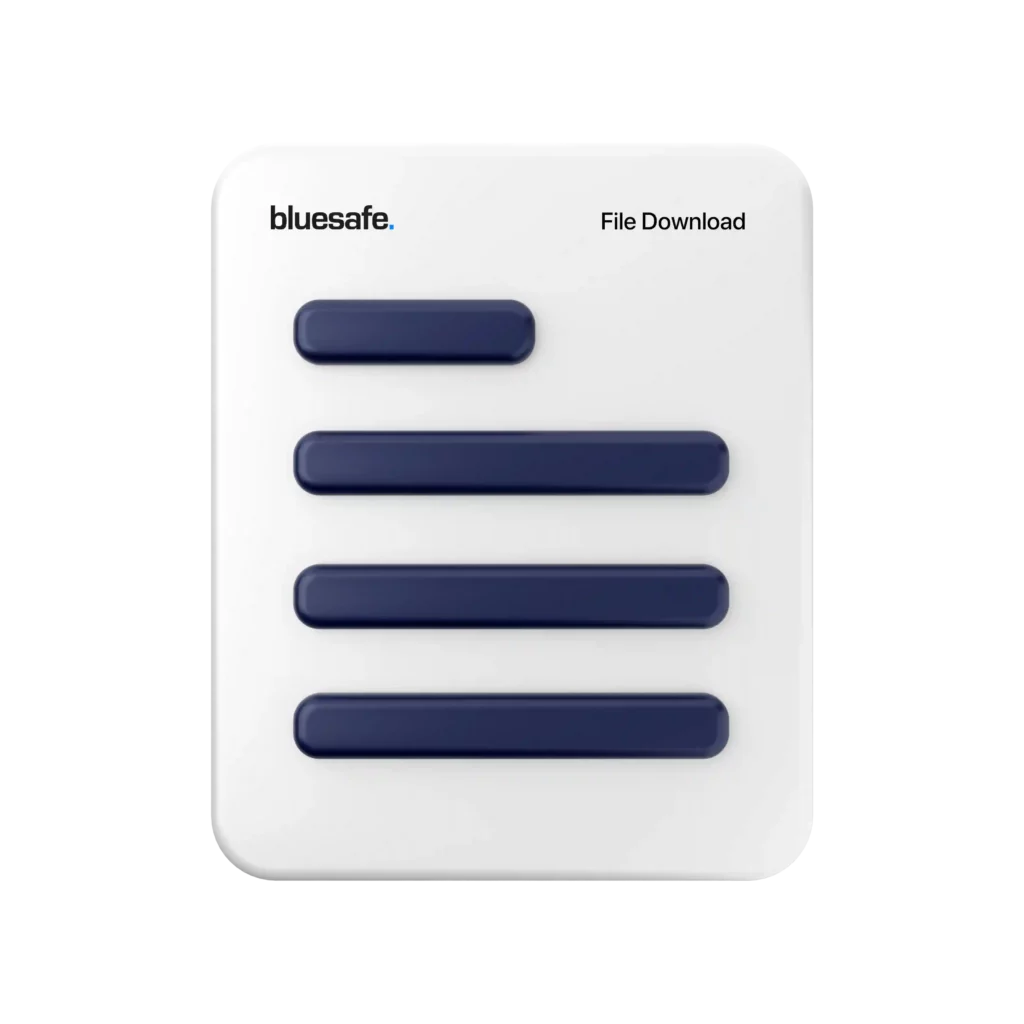First and foremost, before starting any work with a horizontal borer, it’s essential to make sure that you’re adequately trained and experienced in operating the equipment. Familiarise yourself with the user manual and any safety guidelines provided by the manufacturer. It’s always better to be safe than sorry, so if you’re not confident in your ability to operate the machine, seek additional training or assistance.
One of the biggest dangers of working with a horizontal borer is the risk of entanglement. The moving parts of the machine can quickly catch loose clothing, hair, or any other loose materials, resulting in serious injuries or even death. To prevent entanglement, it’s crucial to ensure that you’re wearing appropriate clothing, such as a fitted work suit, and have tied up any long hair or jewellery.
Another hazard to be aware of is the potential for flying debris. When drilling into wood, metal, or other materials, small pieces can break off and be projected at high speeds. These can cause severe injuries if they come into contact with the eyes, face, or other exposed skin. To protect yourself, always wear safety goggles or a face shield, and avoid standing directly in front of the borer.
In addition to entanglement and flying debris, working with a horizontal borer also carries the risk of electric shock. Make sure that the machine is properly grounded and that all electrical connections are secure before starting work. Always use a residual current device (RCD) to protect against electric shock, and avoid touching the machine or any electrical components with wet hands or when standing in water.
Furthermore, it’s essential to maintain a safe working environment. Make sure that the area around the borer is clear of any obstacles or debris that could cause tripping or slipping hazards. Keep the work surface clean and free of clutter, and ensure that any tools or materials are stored safely away when not in use.
When using a horizontal borer, it’s also vital to follow the manufacturer’s instructions regarding the weight capacity of the machine. Overloading the borer can cause it to tip over or malfunction, resulting in serious injuries or damage to the equipment. Always use appropriate clamps or supports to secure the workpiece in place and distribute the weight evenly.
Finally, it’s important to never operate a horizontal borer under the influence of drugs or alcohol. Working with heavy machinery requires a clear mind and full concentration to avoid accidents and injuries. If you’re feeling fatigued or unwell, take a break and come back to the work when you’re feeling better.
In conclusion, working with a horizontal borer can be dangerous, but by taking the necessary precautions and following safety guidelines, you can minimise the risk of accidents and injuries. Always ensure that you’re adequately trained and experienced in operating the machine, wear appropriate clothing and protective equipment, and maintain a safe working environment. By following these recommendations, you can enjoy a safe and successful career in the manufacturing industry. Stay safe, my friends!
Cheers,

![]()




 Gary’s Safety Tips
Gary’s Safety Tips

